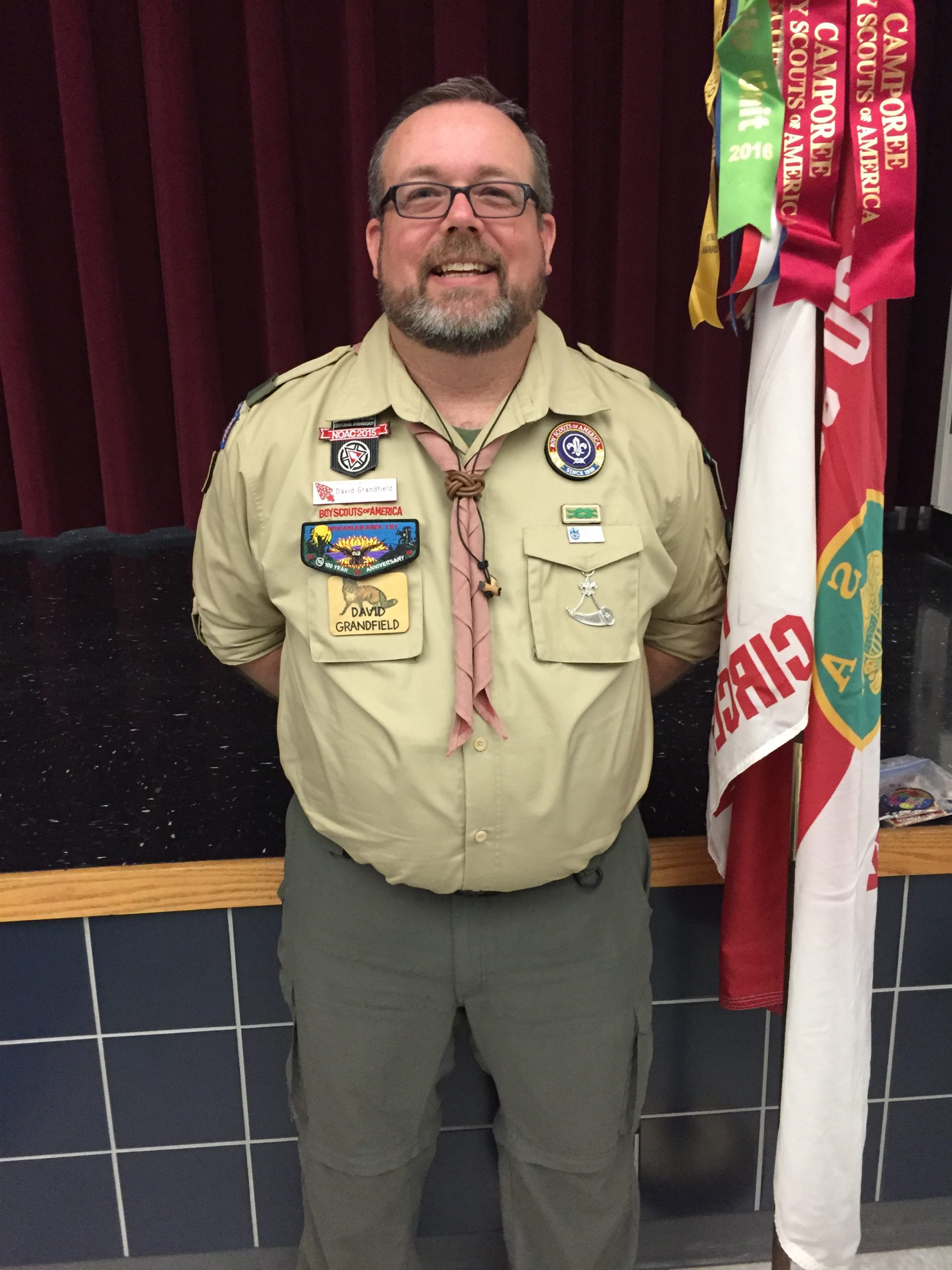Wood Badge is a Scouting leadership program and the related award for adult leaders in the programs of Scout associations throughout the world. Wood Badge courses aim to make Scouters better leaders by teaching advanced leadership skills, and by creating a bond and commitment to the Scout movement. In the United States Wood Badge is the highest level of adult Scout leader training available.
Courses generally have a combined classroom and practical outdoors-based phase followed by a Wood Badge tickets, also known as the project phase. By “working the tickets”, participants put their newly gained experience into practice to attain ticket goals aiding the Scouting movement.
The first Wood Badge training was organized by Francis “Skipper” Gidney and lectured at by Robert Baden-Powell and others at Gilwell Park (United Kingdom) in September 1919. Wood Badge training has since spread across the world with international variations.
On completion of the course, participants are awarded the Wood Badge beads to recognize significant achievement in leadership and direct service to young people. The pair of small wooden beads, one on each end of a leather thong (string), is worn around the neck as part of the Scout uniform.
The beads are presented together with a taupe neckerchief bearing a tartan patch of the Maclaren clan, honoring William de Bois Maclaren, who donated the funds to purchase Gilwell Park in 1919 and for improvements to the house that was on the estate.
The neckerchief with the braided leather woggle (neckerchief slide) denotes the membership of the 1st Gilwell Scout Group or Gilwell Troop 1.
Pictured above, newly appointed Scoutmaster David Grandfield after being awarded his Beads, Woggle and Neckerchief signaling completion of his Wood Badge training.

